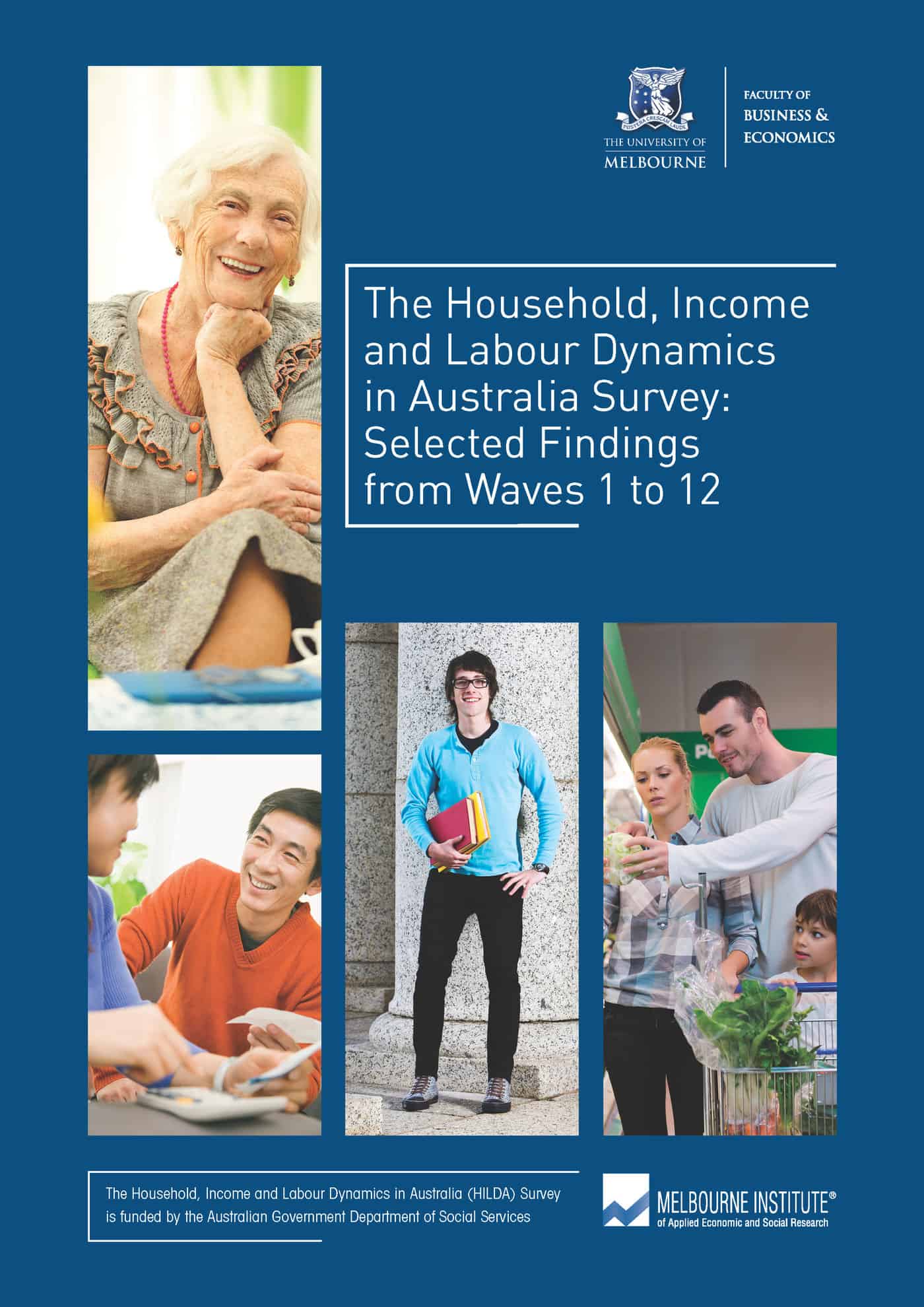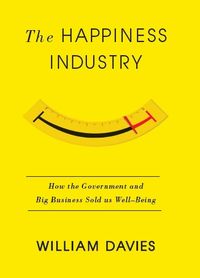The current International Ergonomics Congress in Melbourne seems to be successful in a number of ways:
- The size and variety of its program
- The quality of its keynote speakers
- Out of 900 delegates, 600 are from outside Australia.
Where it seemed to be less successful was in its profile outside of the ergonomics profession. The information available, some identified on other blog articles, has relevance well beyond ergonomics and it is disappointing that the conference was not marketed more to the general occupational health and safety (OHS) profession. (It should have been possible to exceed 1000 delegates just from local promotion.) The OHS profession needs livening up and have its body of knowledge expanded to areas that both support and challenge its own principles and processes.
Sedentary Work
A major thread in the Congress was the issue of sedentary work, something discussed by the first day’s keynote speaker, Professor


 Part of the core duties of any occupational health and safety (OHS) regulator is the production of data. Recently Safe Work Australia (SWA) released its “
Part of the core duties of any occupational health and safety (OHS) regulator is the production of data. Recently Safe Work Australia (SWA) released its “ As the Australian Government analyses the
As the Australian Government analyses the